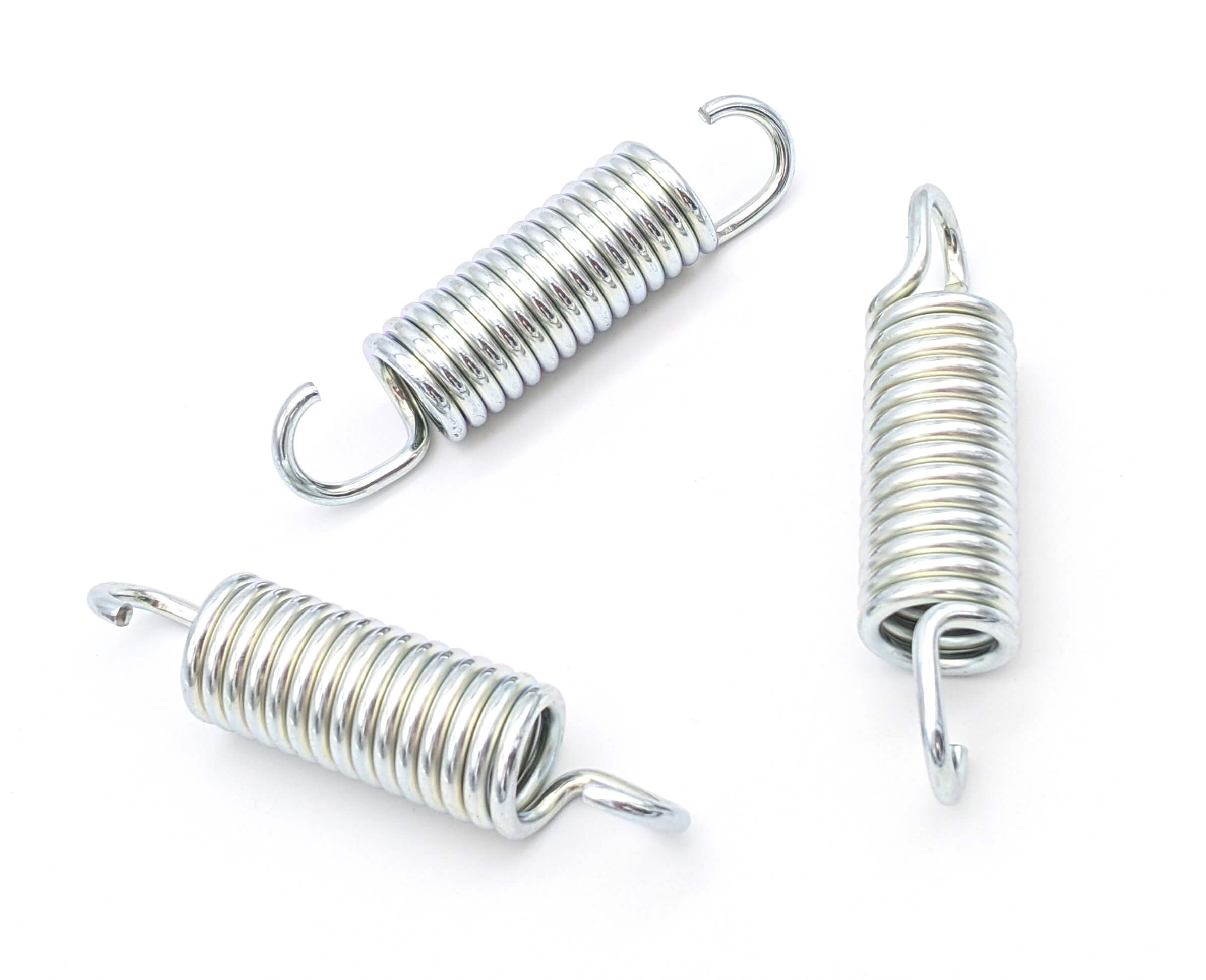Get unique, complex parts easily. No matter your requirements, Chaoyi Spring creates hard-to-produce coil springs and wire forms.
Let us help you create the custom wire form you need, from S-hooks and J-hooks to utility hooks and more.
We work closely with customers across a wide range of industries, helping them design and manufacture made-to-order parts.
Why choose Chaoyi Spring? We prioritize customer-focused collaboration, modern equipment and the latest technology to make your parts per print.
Find the information and guidance you need, from measuring a spring to learning about materials, placing an order and much more.
Have you ever wondered how a spring compresses or expands under a load? The spring compression formula, a fundamental concept in physics and engineering, helps us understand this behavior. It


Have you ever wondered how a spring compresses or expands under a load? The spring compression formula, a fundamental concept in physics and engineering, helps us understand this behavior. It provides a mathematical relationship between the force applied to a spring and the resulting displacement. From simple everyday objects like car suspensions to complex industrial machinery, the spring compression formula plays a crucial role in various applications. In this article, we delve into the intricacies of this formula, exploring its derivation, practical applications, and significance in various fields.

The spring compression formula, derived from Hooke's Law, states that the force (F) required to compress or extend a spring is directly proportional to the displacement (x) from its equilibrium position. Mathematically, this can be represented as:
F = kx
where:
The spring constant (k) is a unique characteristic of each spring. A stiffer spring has a higher spring constant, meaning it requires more force to compress or extend it by the same amount. Conversely, a less stiff spring has a lower spring constant. The spring compression formula is a powerful tool for understanding and predicting the behavior of springs in various scenarios.
The spring compression formula is derived from Hooke's Law, a fundamental law in physics that describes the elastic behavior of materials. Hooke's Law states that the force required to deform a spring is directly proportional to the deformation. Mathematically, this can be represented as:
F = -kx
where:
The negative sign indicates that the force acts in the opposite direction to the deformation. This implies that if the spring is stretched, the force will act to compress it back to its equilibrium position, and vice versa. The spring compression formula is simply a special case of Hooke's Law where the deformation is limited to compression.
The spring compression formula finds numerous applications in various fields, including:
The spring compression formula is a vital tool for engineers and scientists in various disciplines. It enables them to understand, predict, and design systems involving springs with accuracy. By knowing the force required to compress or extend a spring, engineers can choose the appropriate spring for a specific application and optimize its performance. Moreover, the formula plays a crucial role in understanding the behavior of elastic materials in general, providing valuable insights into their mechanical properties.
The spring compression formula is a fundamental concept in physics and engineering with wide-ranging applications. It provides a mathematical relationship between the force applied to a spring and the resulting displacement. Understanding this formula is essential for designing and analyzing various systems involving springs, from simple everyday objects to complex industrial machinery. By leveraging the power of this formula, engineers and scientists can ensure the reliable performance and longevity of these systems. Whether it's designing a car suspension or developing a new medical device, the spring compression formula remains an invaluable tool in the world of science and technology.
In conclusion, the spring compression formula is a powerful tool that helps us understand the behavior of springs under load. Its derivation from Hooke's Law provides a strong theoretical foundation, and its numerous applications across various fields highlight its significance. The next time you encounter a spring, remember the mathematical relationship that governs its compression and extension, and appreciate the role it plays in our daily lives.
Browse some of the custom wire forms and springs that we manufacture. Don’t see what you need? We specialize in made-to-order products that meet your application requirements.
Visit Our GalleryNeed a custom wire form or coil spring? We make it work. Fill out the contact form and a representative will respond within 1 business day. If you have a PDF or CAD file, you can submit to request a quote.